December 7, 2022 | Design | KASHIYUKA’s Shop of Japanese Arts and Crafts
Searching all of Japan for handcrafted items that express its heart and soul, our proprietor, KASHIYUKA, presents things that bring a bit of luxury to everyday life. Today’s visit is to a studio in Fukagawa, Tokyo where beautiful, traditionally handcrafted Edo yuioke are made using sawara wood that is over 300 years old.

The goldfish bowl made of a wooden oke tub with glass on its two sides — I remember seeing it in a movie once, long ago, and I immediately sought it out, all the while marveling at how cute it was. “Yuioke goldfish bowls can be seen in the popular ukiyo-e woodblock prints of the Edo era. These oke tubs are practical objects for everyday use. The notion to use it as a goldfish bowl is the sort of thing only the denizens of old Edo could’ve come up with,” says Mr. Eifu Kawamata, 4th-generation head of Oke-Ei, in place some 130-plus years in Fukagawa, which flourished as a center of lumber and woodcraft since the Edo period, 1603-1868.
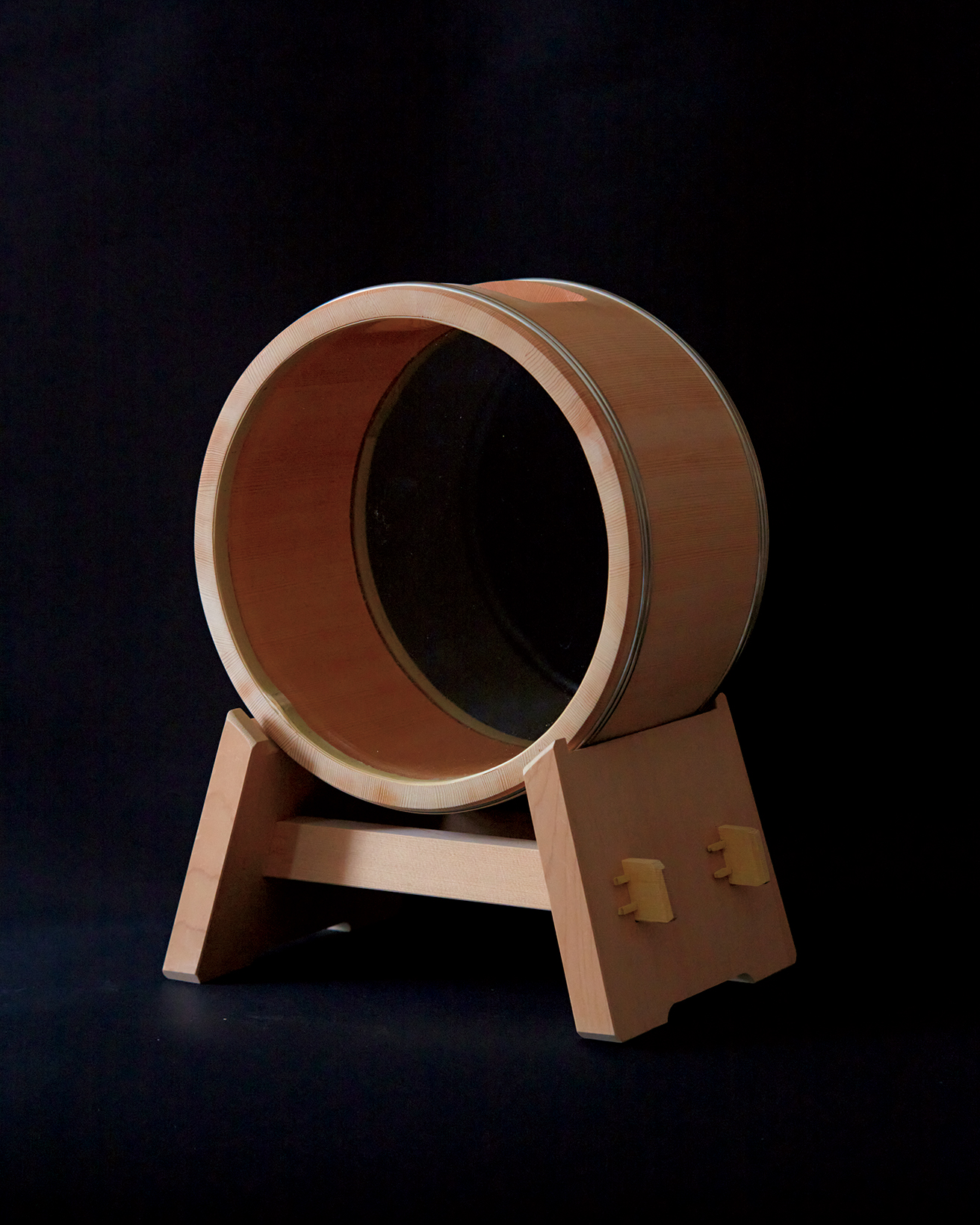
Mr. Kawamata is the only remaining yuioke maker in Tokyo today. The yuioke may take the form of a tub, bucket, or basin, and it is made by joining strips of wood combined into a round or oblong shape and bound by thin hoops called taga. The wood planes themselves aren’t bent, however, but carved from the log using a curved blade, then connected with identically formed elements to create the shapes. This is particularly characteristic of the Edo yuioke, and the technique was developed during the Kamakura period (1185-1333) to be strong and watertight, perfect for carrying large volumes of water or wine. During the Muromachi period (1333-1573) its popularity spread throughout Japan.
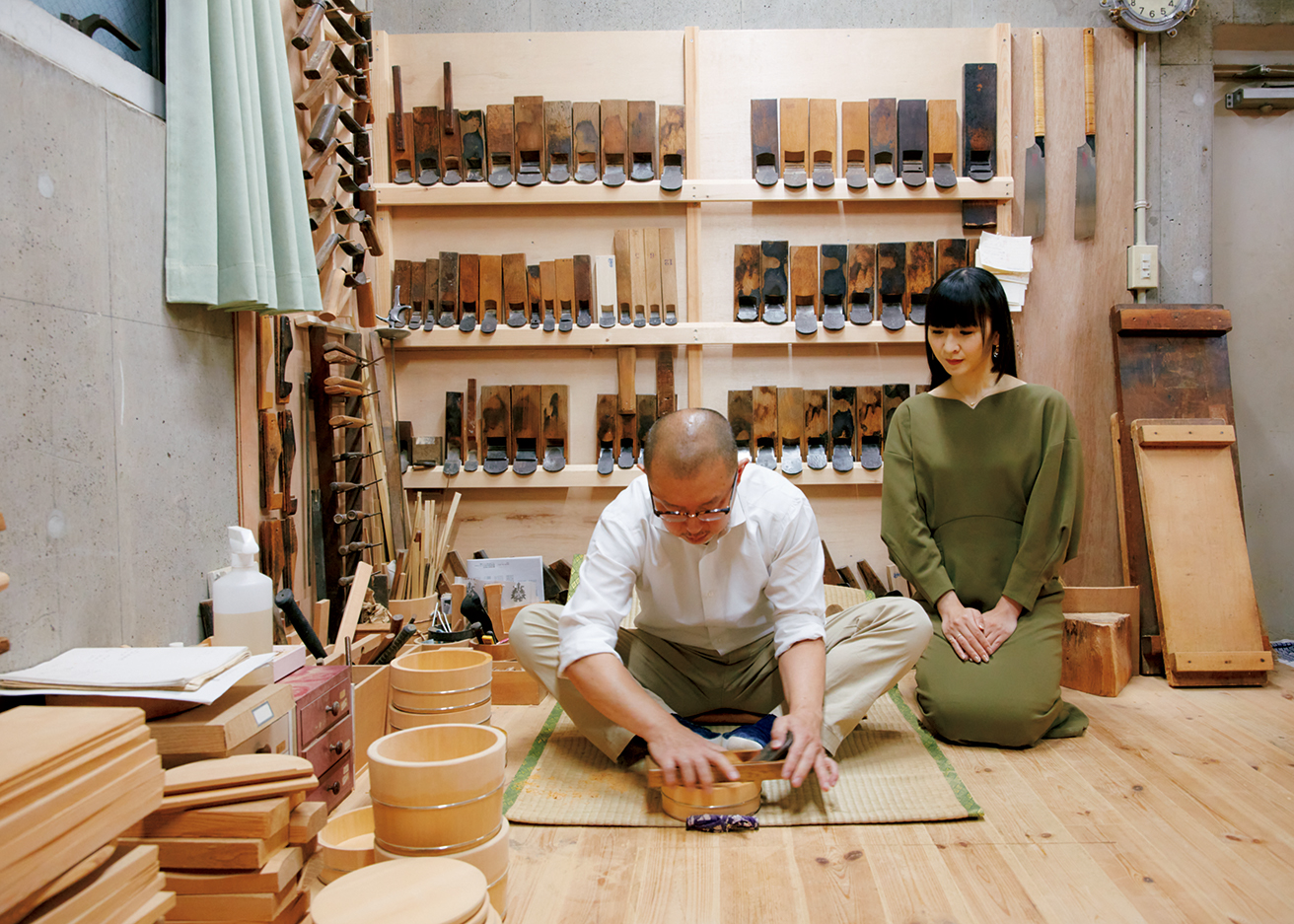
The shelves of the studio, the air of which is suffused with the wonderful aroma of wood, are lined with o-hitsu, the familiar steamed rice basins we see in sushi restaurants; as well as wine coolers, and yū oke, for holding and pouring hot water in the bath. From cutting the log through assembly and finishing, I’m told there are more than 70 processes, all done by hand.
“The woods are natural Japanese cypress, called sawara; and hinoki, the Japanese variety of Spanish oak, both over 300 years old, and grown in Kiso. They feature dense annual rings, light weight, and good water-resistance. We purchase the wood as logs, and let it sun-dry while exposed to rain and moisture for as many as five years, until the wood is perfectly conditioned. Then we commence the process of cutting it down and planing it.”
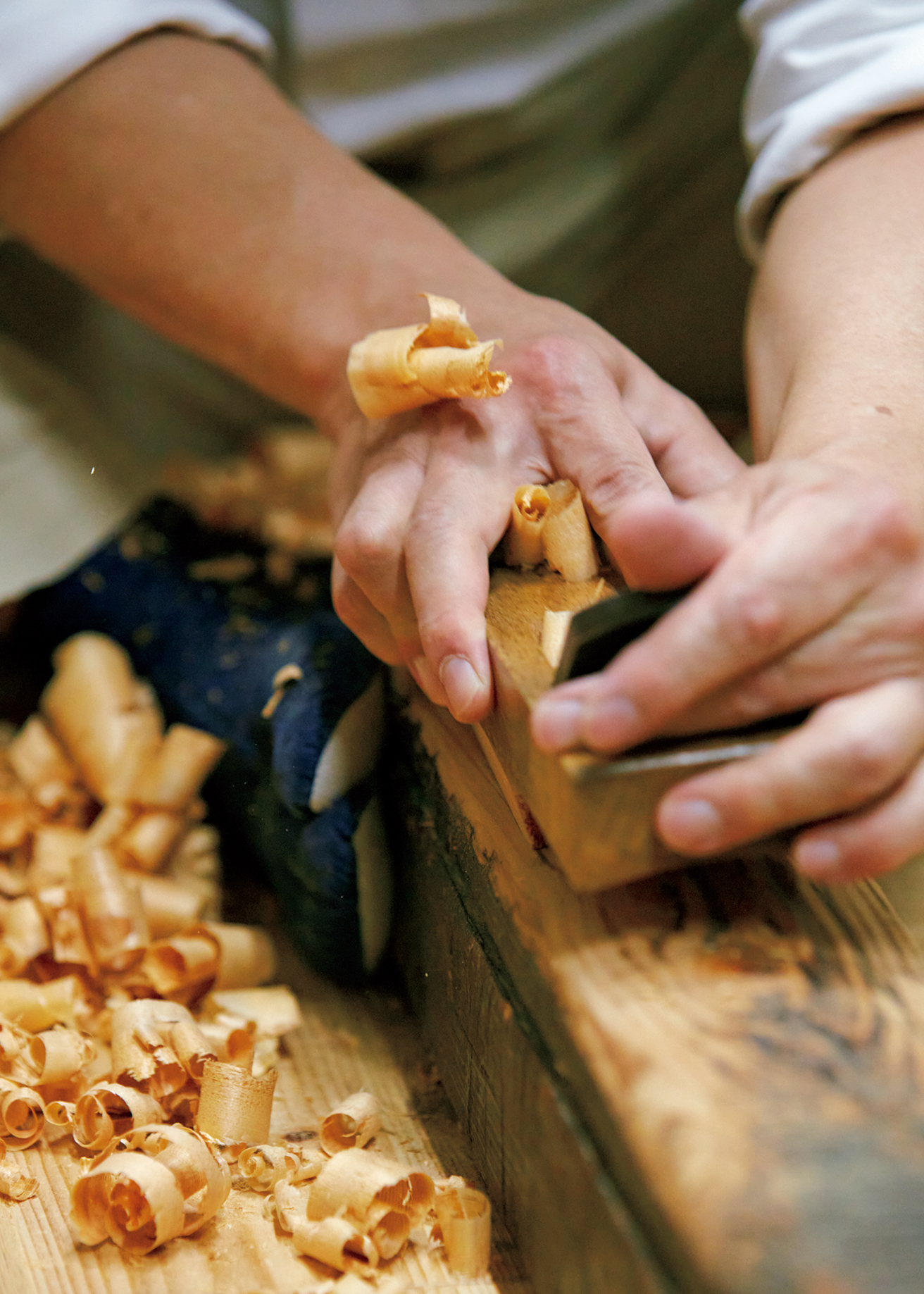
An eye-popping selection of tools line the walls, with planes alone numbering in the dozens. Each step in the process requires new tools. And in the background, the ongoing, dry sound of wood being planed.
“I learned this work from my father. I’d always assumed the reason I couldn’t use the traditional tools to best advantage was simply lack of skill. But physique and muscle strength differ from one person to another. I recognized that I had to fine-tune the way I sharpen my blades and put my body into it.”
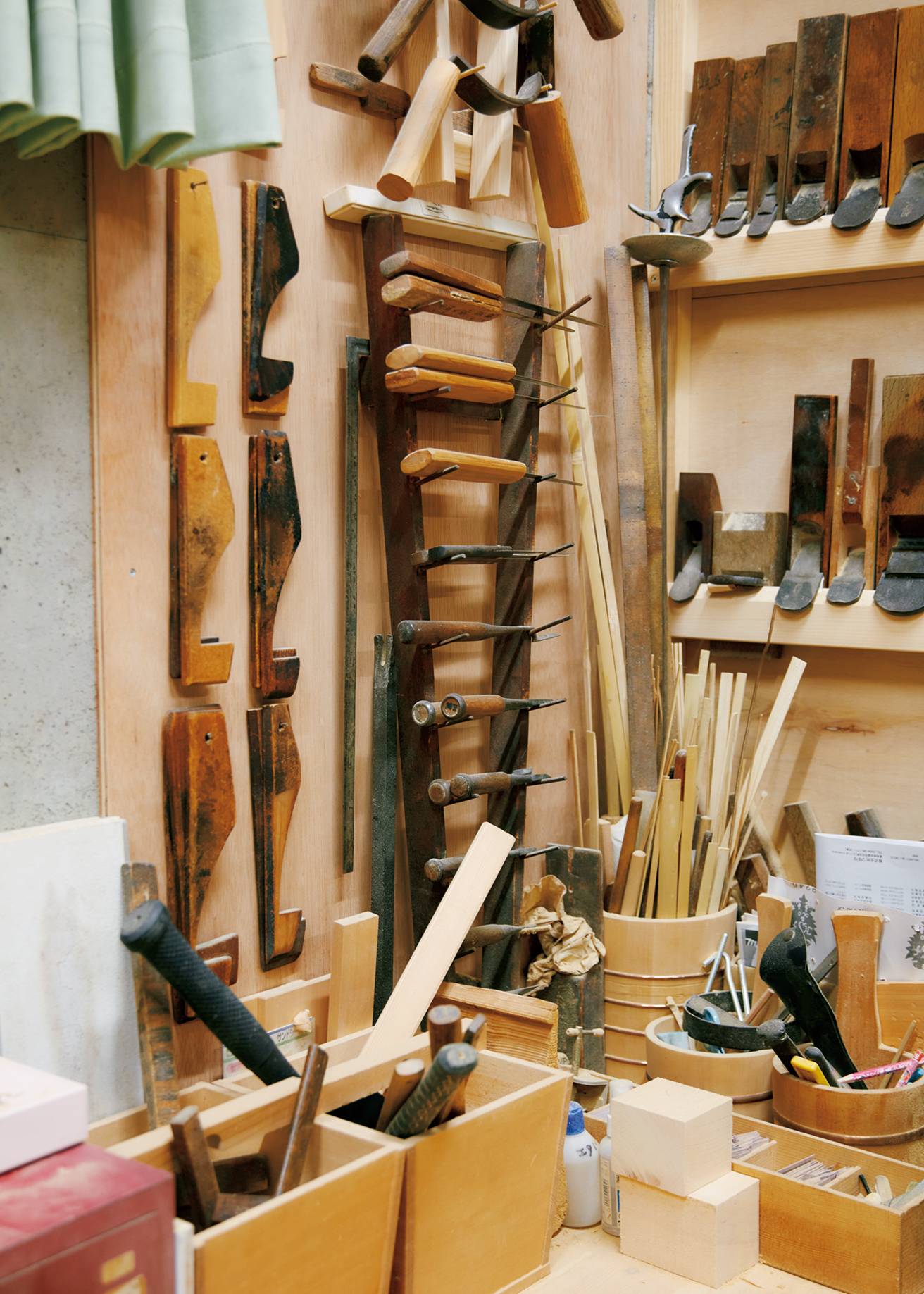
The important thing is to allow your body to accumulate the physical experience. Even if you’ve got a final outcome in mind, there’s no “manual” for getting there, and the course for each body will vary.
The seams between the wooden elements are reinforced by inserting pieces of bamboo in such a way that it can’t be seen from the outside. It simply looks round, but it is a uniquely “Japanese sort of round”, designed to achieve the effect without being visible in the surface pattern.
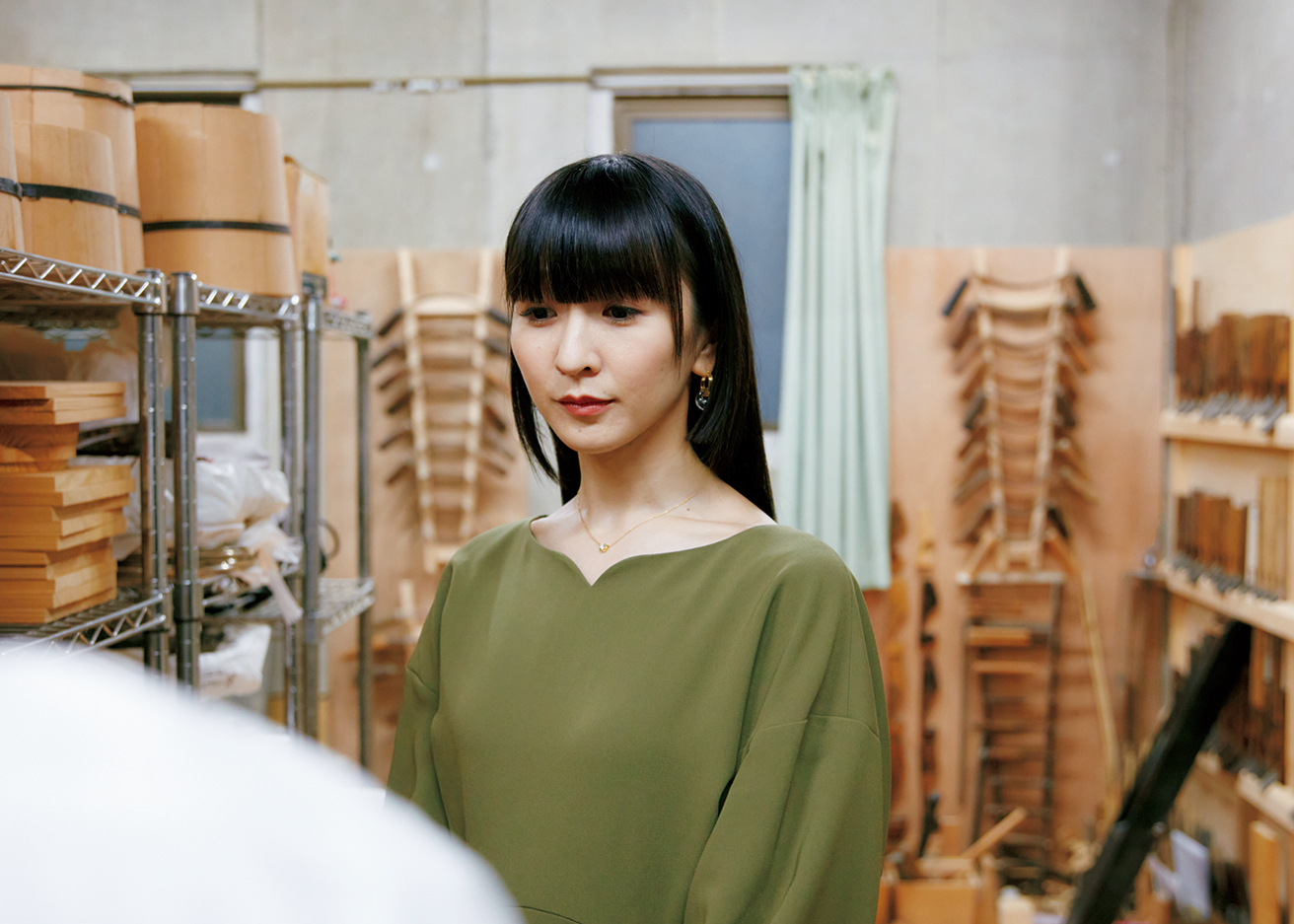
“I try not to just look for novel forms. I’d like to continue to make things that are sturdy, easy to use, and designed to blend smoothly into the living space,” says Mr. Kawamata. This is woodcraft with a fresh take on Edo-era ingenuity and technique, brought forward into daily life in the modern age.
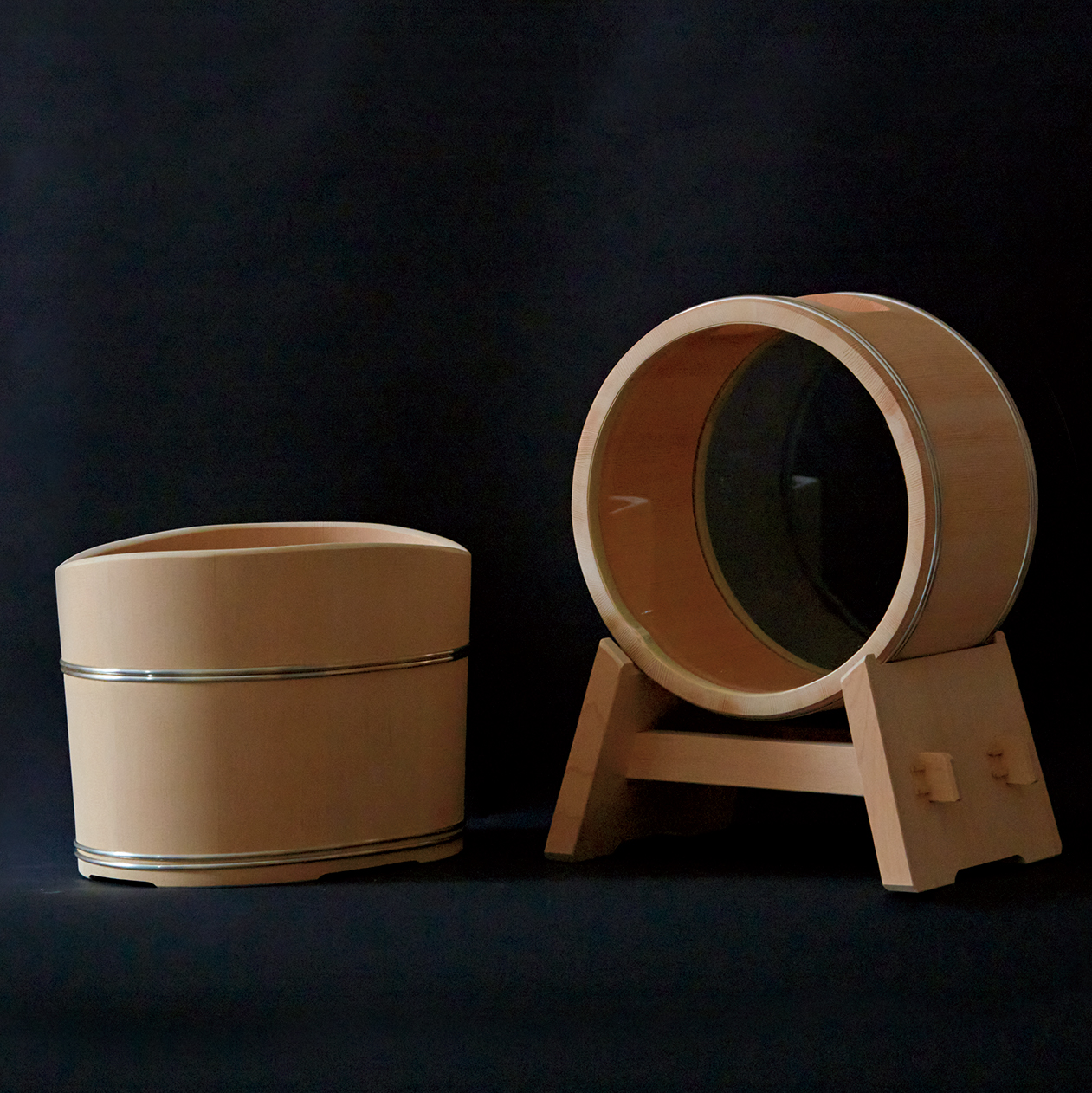
Goldfish Bowl by Oke-Ei
Right/ Goldfish Bowl including base. 20 cm W × 17 cm D × 36.5 cm H; ¥297,000. Left/ Oval container that can be used as a wine cooler. 29 cm W × 21 cm D × 21 cm H; ¥242,000.
Oke-Ei Koyo-ku, Tokyo. 公式サイト



